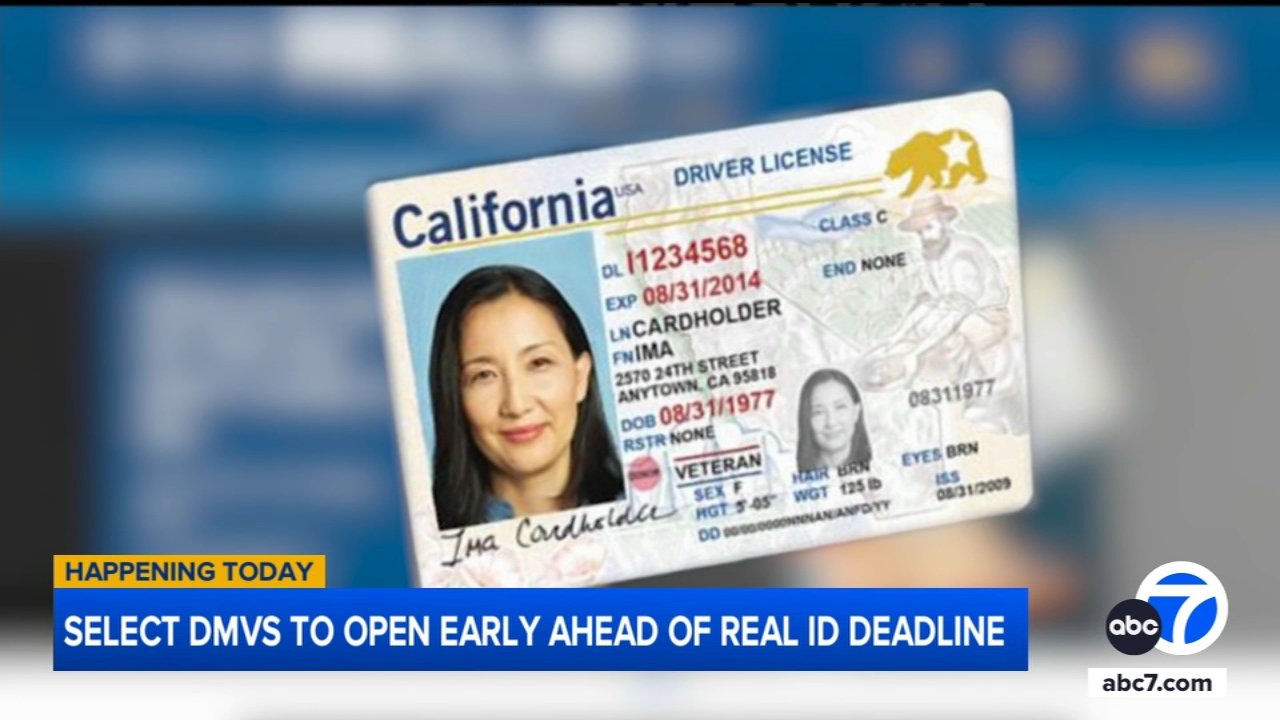Amazon to open brick-and-mortar clothing store at Glendale's Americana at Brand
GLENDALE, Calif. -- Amazon has a new venture outside of e-commerce, cloud computing, content streaming, smart devices, Whole Foods, cashier-less technology or anything else you've come to associate with one of the most successful companies in American history.
It's a physical clothing store. Like, you know, a real brick-and-mortar space where you go try on stuff, buy it and then bring it home. An IRL store. Google it if you've never been to one.
Amazon announced Thursday that it will open Amazon Style, its first clothing, shoe and accessories' store later this year at the posh American at Brand shopping complex in Glendale. The 30,000-square-foot store's next door neighbors will be some of the traditional clothing and department stores Amazon has pressured over the last decade - Nordstrom, Urban Outfitters, J. Crew, H&M and others. There's a JCPenney across the street, one of the most prominent casualties of the transformation of US retail spurred by Amazon.
It may seem surprising that Amazon, which has grown to become the largest clothing retailer in America since it started selling clothing in 2002, wants to open a physical store. But in-store purchases still make up more than 85% of US retail sales, and shoppers often want to see how clothes look, feel and fit before they buy. It can also be more difficult to find new clothing brands and styles browsing online than in person.
"Customers enjoy doing a mix of online and in-store shopping. And that's no different in fashion," Simoina Vasen, the managing director of Amazon Style, said in an interview. "There's so many great brands and designers, but discovering them isn't always easy."
There are some novelties to Amazon Style and ways the company hopes will make shopping quicker and more personalized for customers. However, many of the ideas Amazon is using in the store are not new to the retail industry.
Most of the clothing will be kept in the back of the store and only one sample of each item will be displayed on the sales floor. To buy it, customers will scan a QR code using a mobile Amazon shopping app and then retrieve it at the pickup counter. If they want to try it on first, they can get it sent to a fitting room, which has touchscreens where customers can request different sizes or colors. As customers browse the store and scan items, Amazon's algorithms will recommend other items they may be interested in buying.
Vasen said the store is a "truly unique experience," but similar technology can be found at other retailers. At Nike flagship stores, for example, Nike app members scan codes on sneakers and clothes and those items are sent directly to a fitting room. Clothing brand Reformation displays only one of each item in its showrooms, and whatever customers want to try is delivered straight to dressing rooms that have different lighting options. American Eagle and others have tested interactive fitting rooms, where shoppers can request different sizes and styles on a tablet located in the room.
Amazon Style will offer a mix of hundreds of well-known brands (Vasen didn't specify which) and its own private-label brands. Retail analysts have said a brick-and-mortar presence in clothing could help Amazon reach customers who want to shop in person and also drive growth of Amazon's more profitable- but lesser-known - private labels.
Other advantages to a physical store: Customers can also drop off their Amazon returns at the store, or order online and pick them up there.
Amazon has been working on this clothing initiative for years, said Vasen, who has helped build out Amazon's physical store presence and also directed Amazon's Prime Now grocery delivery service. She did not say when the first Amazon Style store will open this year or how many Amazon plans to add in the future.
Amazon Style will be the company's latest attempt to move into physical retail, an area it has struggled to crack.
In 2015, Amazon opened its first physical store, Amazon Books, in Seattle. Two years later, Amazon bought Whole Foods' 471 stores for $13.7 billion. The company also has dozens of 4-Star stores, where it sells its highest-rated merchandise, and Amazon Go cashier-less convenience stores. It's building a new, separate line of grocery stores, called Amazon Fresh, to chase a mid-market shopper, different from Whole Foods' high-end customer base.
As of December 31, 2020, Amazon had 611 physical stores in North America, including Whole Foods, according to its latest annual filing.
Amazon has not enjoyed the same level of success with physical stores as it has online. Sales at Amazon's physical stores dropped 0.18% in 2019 from the year prior to $17.2 billion and 5.6% in 2020 as more shoppers ordered online in the pandemic.
During its latest results in the nine months ending September 30, Amazon's sales at physical stores ticked up 1.5% from the same stretch a year prior.






